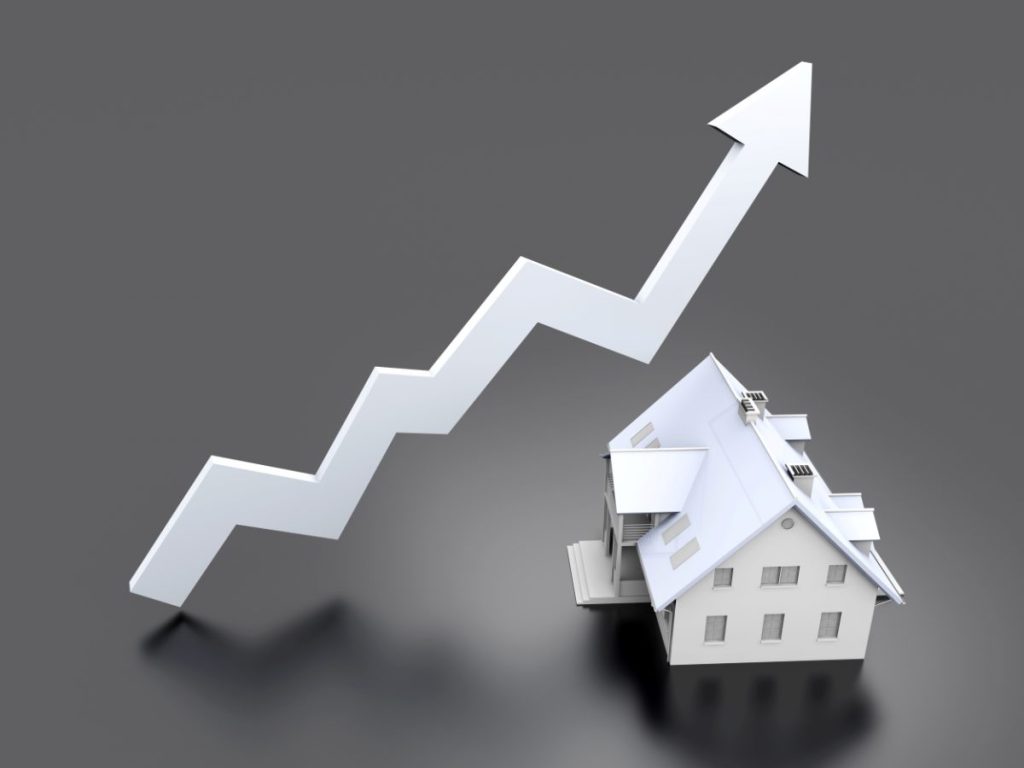The average mortgage rate for a 30-year fixed loan is now just 3 basis points away from 3%, after a 16 basis point jump last week pushed mortgage rates to 2.97%, according to Freddie Mac’s Primary Mortgage Market Survey.
The average mortgage rate hasn’t risen this high since the end of July 2020, but Sam Khater, Freddie Mac’s chief economist, noted higher rates signals an economy slowly regaining its footing.
“Though rates continue to rise, they remain near historic lows,” said Khater. “However, when combined with demand-fueled rising home prices and low inventory, these rising rates limit how competitive a potential homebuyer can be and how much house they are able to purchase.”
Rising rates didn’t slow new home sales in January though, after the U.S. censes bureau reported sales of new single-family houses in January were at a seasonally adjusted annual rate of 923,000 — 4.3% above December’s rate.
“However, recent increases in mortgage interest rates threaten to exacerbate existing affordability conditions. Builders are exercising discipline to ensure home prices do not outpace buyer budgets,” said National Association of Home Builders Chief Economist Robert Dietz.
Increasing lending and servicing capacity – regardless of mortgage rates
Business process outsourcing and digital transformation are proven solutions that more mortgage companies are adopting. This white paper will explore the benefits and use cases for these opportunities as they relate to lenders and servicers.
Presented by: Sutherland
While purchase demand hasn’t shown any sign of decline, the refi wave is showing more vulnerability. As rates rose, refi activity fell 11% according to data from the Mortgage Bankers Association.
For many potential borrowers, the opportunity to refinance is lost before the chance even arises, while other prospective borrowers are caught in a clogged loan pipeline and don’t get the opportunity to lock in that low rate.
According to HousingWire’s lead analyst Logan Mohtashami, a one-eighth to a quarter turn in mortgage rates (high or low) can move the market substantially.
“There are people who had a 4.00% rate that refinanced to 3.25% and then said, ‘Oh well now that rates are low, I’ll refinance again to 2.75%.’ But if that rate sneaks up a quarter it’s no longer ideal and it’s lost its appeal. They are going to wait for it to come back down, right? And then it doesn’t,” Mohtashami said.





